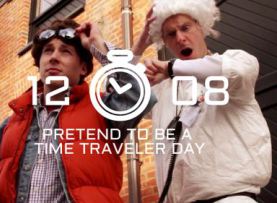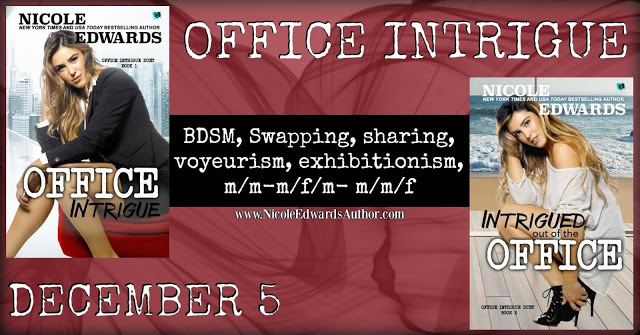 Author: John Green
Author: John Green
ISBN: 9780525476887
Publisher: Dutton Books
Copyright date: September 21st, 2006
Readers Annotation: Colin Singleton has dated nineteen girls, all named Katherine. Now that he’s breaking the cycle, will his world fall into chaos?
Plot Summary:
Colin Singleton is having a hard time getting over a breakup. He finds himself in a cycle of dating Katherines (19 to be exact) that he can’t get out of. Meanwhile, he’s also dealing with the fact that perhaps he peaked when he was a child prodigy and won’t amount to much more than having the childhood skill of memorization. To cure his woes, his best friend Hassan decides that a road trip is the best solution. Following signs for the final resting place of Archduke Franz Ferdinand, they find themselves in the town of Gutshot, Tennessee. While searching for the grave of the Archduke, they meet and befriend a girl named Lindsey. Together they join in a mission to preserve the history of the townspeople of Gutshot initiated by Lindsey’s mom Hollis. This takes the teenage group on a journey of self-discovery.
Critical Evaluation:
John Green is skilled at tapping into the teenage psyche. Especially the outsiders. The characters he creates in An Abundance of Katherines are quirky, but realistic. Colin is unique due to his status of a child prodigy, but his fears about the future are fears that teens can relate too. Hassan has a quick sense of humor that permeates the book and helps Colin see logic and understanding. Hassan has his own flaws, such tending to be lazy and a fear of going to college. Lindsey, a former outsider, has learned exactly how to get everyone she knows to like her. Her struggle is that she never feels like she can be herself. In these characters, Green introduces dilemmas that real teens face.
While the plot is fascinating, it is a bit far-fetched. It’s hard to believe that teens would accidentally stumble into a remote town and immediately be given a job in recording the town’s history as told by the towns people. The book was entertaining, but not realistic. Most of the dialogue between characters was reflective of how teens talk, but on occasion, Green writes in a way that is more lyric than how people talk. For example, he writes, “You don’t remember what happened. What you remember becomes what happens.” It’s beautiful, but it’s not the kind of statement that comes up in a casual conversation.
The setting of the book also does a beautiful job of tying the theme of finding a purpose together. By collecting the histories of the towns people in a rural town, Hollis is in a way illustrating to teens that everyone contributes in some way to the insanity of the world. You are only responsible for being the best person you can be. Gutshot then becomes the perfect setting for Colin and Hassan to learn and evolve.
Author Information:
John Green is the #1 New York Times bestselling author of Looking for Alaska, An Abundance of Katherines, Paper Towns, and The Fault in Our Stars. He is also the coauthor, with David Levithan, of Will Grayson, Will Grayson. He was the 2006 recipient of the Michael L. Printz Award, a 2009 Edgar Award winner, and has twice been a finalist for the Los Angeles Times Book Prize. Green’s books have been published in more than 55 languages and over 24 million copies are in print. John is also an active Twitter user with more than 5 million followers.
His books Paper Towns and The Fault in Our Stars have both been turned into movies. Green is also a popular YouTube Vlogger. He and his brother Hank would only communicate to each other through videos that the posted. They used their platform to empower “nerdfighters” to fight for intellectualism and to decrease the overall worldwide level of suck.
-Adapted from John Greens author website which can be found here.
Genre: Realistic Fiction.
Curriculum Ties: Coming of Age or Heroes Journey
Book Talk Ideas:
Reading Level: 9th grade and up
Challenge issues: Language, reference to sexual actions
Defense:
- You should immediately turn on your listening skills to make the patron feel respected. Make sure that you let them know that you appreciate their involvement in their teens life and that you care about what they are saying.
- Make sure you are familiar with the book. You should have a basic understanding of the materials in your library, but make sure to have read whatever is being challenged to best understand the patron concerns.
- Know and have access to the libraries selection policy. This describes how book choices were made in the first place. The questionable material should be measured up to these points.
- Have on file access to the books reviews, awards, and critical receptions. This should show how the book connects to the previously mentioned selection policy. Reviews should be from acclaimed sources such as Library School Journal, VOYA, Booklist, and Kirkus to name a few.
- Also have on hand copies of the ALA’s Library Bill of Rights and be able to show how the questionable book fits into the beliefs of providing access in libraries.
- The ALA freedom to read statement is also a good document to have on hand to show the American libraries view on creating a diverse collection, the meaning of censorship and assisting all individuals in finding what they wish to read.
- As a last resort, have a reconsideration form ready if the patron wishes to fill it out. Make sure that you and the patron both understand the process. Many times, libraries will leave the questioned book on the shelf until the board or deciding body goes through the review process. Understanding and explaining these key concepts help from creating any more issues.
- Overall, remain calm and LISTEN. As a trained librarian your instinct may be to immediately jump into a defense of the book, but sometimes the best response is to be a proper sounding board for your patron. Listening to there concerns is sometimes best solution to the problem at hand.
Why did you pick this for your collection?
I have a deep personal collection to this book. My name is Lindsey and my boyfriend’s name is Colin. When we started dating we didn’t really understand where we were in life or where we were headed. We worked together and were able to figure out pieces of who we are. We’re still working on it, but our journey had parallels to the Lindsey and Colin in the book. I read this book when I was in high school and enjoyed it. Years later I saw one of my students reading it and we were immediately able to talk about it which gave us a connection. For me, this book has been a reflection, a connection point, and an enjoyable read.
Share this:




